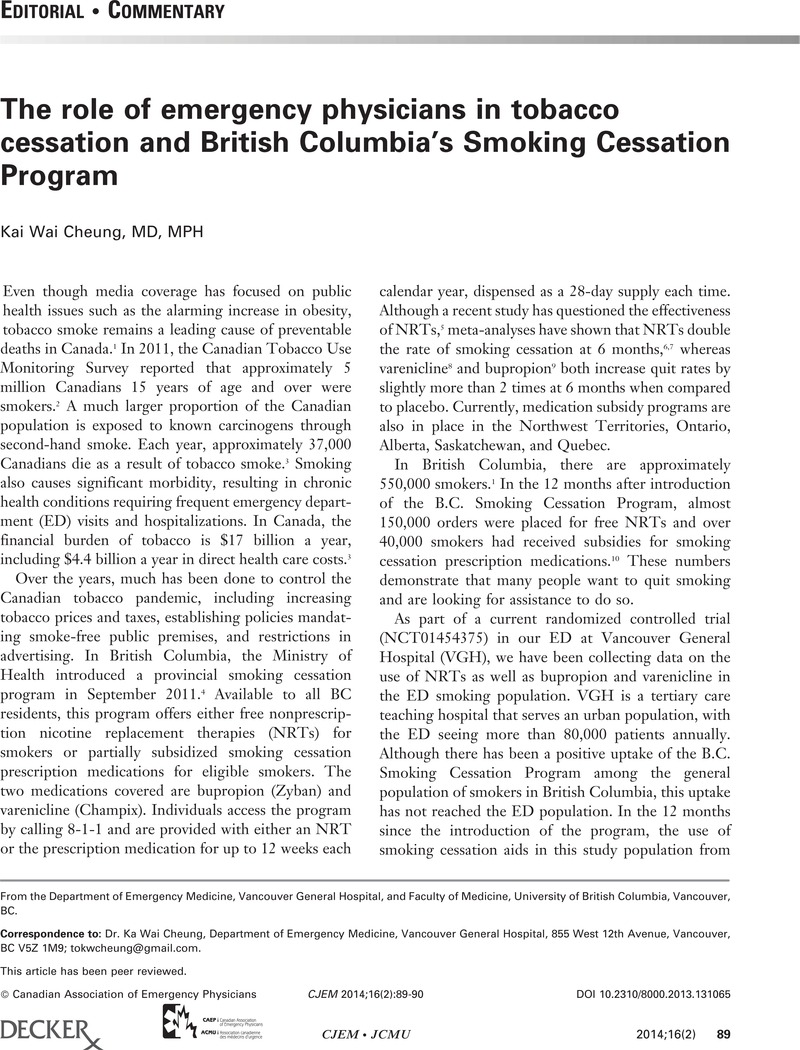Crossref Citations
This article has been cited by the following publications. This list is generated based on data provided by Crossref.
Cox, Catherine
Petrie, Neil
and
Hurley, Katrina F.
2017.
Infant Strangulation from an Amber Teething Necklace.
CJEM,
Vol. 19,
Issue. 5,
p.
400.



